Originally bred as bird dogs, the Irish Setter has the energy and intelligence to back up its beauty. They might take their sweet time maturing, but once they do, they're totally show and competition material. From their glamorous coat to their loving, playful nature, this wonderful dog is a total head-turner. Keep reading for the inside scoop on how to care for your Irish Setter in our complete dog breed guide!
Irish Setter Characteristics (Physical)

The Irish Setter dog, considered a larger dog breed, boasts a lean, athletic build built for action. These canines were originally bred as hunting dogs, which is why they've got those long legs, graceful necks, and a deep chest to help them run like the wind. Their deep red, glossy fur is their signature look, making them impossible to miss. They also have long, floppy ears located toward the back of the head. Their strong hind legs are best for running, and their strong tail helps them with balance.
Irish Setters come in two "types" of the same breed. You've got your show dogs and your field dogs. Show dogs sport a thicker, fuller coat and stand just a bit taller as a solid red Irish Setter. Either way, they're both 100% Irish Setter, according to the American Kennel Club (AKC). As for lifespan, these beauties typically live anywhere from 10 to 15 years. Larger dogs tend to have shorter lifespans than smaller canine breeds.
Irish Setter Size
Male Irish Setters are the big guys on the block, standing between 24 and 27 inches tall and tipping the scales at around 70 pounds. The ladies are a bit more compact, measuring between 22 and 25 inches and weighing in at a lighter 60 pounds.
Irish Setter Personality
Irish Setters are basically the life of the party: playful, energetic, and always ready to stir up some fun. Sometimes a little too much fun, if you catch our drift. But don't worry, their mischievous side is just part of their charm. Their outgoing personality makes them perfect therapy dogs for hospices, children's hospitals, and retirement homes. With the right training, these smart and spirited pups thrive as great family dogs, hunting companions, and top contenders in dog shows.

Irish Setter Exercise
Irish Setters have energy to burn (like, a lot of energy) and require plenty of exercise. They are best suited for active families willing to engage with them. These active dogs need at least an hour of exercise every day, preferably in a place where they can run wild and free. But because they're curious little adventurers, they get bored pretty fast. Keep switching up the activities to keep them mentally engaged.
Irish Setter Training
Irish Setters may be independent, but they're pretty easy to house-train if you start early. Crate, potty, and leash training should kick off as soon as they arrive in your home. These pups have short attention spans, so keep training sessions short, sweet, and filled with positive reinforcement. Even though they're a naturally social breed, don't forget to still socialize them early on. Exposing Irish Setter puppies to other dogs, people, sights, and sounds helps keep anxiety and fear at bay as they grow.
Irish Setter History
Originating in 18th-century Ireland, Irish Setters are the result of some serious breeding—mixing English Setters, Gordon Setters, Spaniels, and Pointers. Originally known as Red Spaniels, they weren't the dark red beauties we know today but a mix of red and white. These dogs were born to work, locating game birds for their hunting pet owners. With their keen sense of smell and endless energy, they quickly became the go-to dogs for bird hunting in the field dog stud book.
The Irish Earl of Enniskillen may be responsible for the dark red coats we see in these pointing dogs today. He wanted to have only full red-colored Irish Setters in his kennel. By 1812, that trend spread like wildfire among Irish breeders, shaping the Irish Setter we know and love today. In 1875, the first Irish Setter, Elcho, arrived in the United States. Immediately, he captured people's hearts and became a star in the show ring.
The Irish Setter hit a pop culture high in the 1960s, thanks to Disney's Big Red. The 1962 movie featured, you guessed it, an Irish Setter named Big Red, and it made this already stunning breed even more popular. But it didn't stop there. In 1969, President Richard Nixon brought an Irish Setter to the White House. The dog, named King Timahoe, was a gift from Nixon's staff and paid homage to his Irish roots, specifically County Kildare.

Irish Setter Health Problems
Irish Setters are generally healthy dogs since they are an active breed, but they can be prone to certain health conditions like any dog. Being a deep-chested, larger breed, they have similar health risks to other large canines. Common issues include:
- Hip Dysplasia: Hip dysplasia is an inherited condition where the upper thigh bone doesn't fit cleanly into the hip joint. This is more common in larger dogs like Irish Setters because the extra weight can cause extra strain on the hips. But other factors, like poor nutrition or exercise, can also further increase the risk.
- Gastric Torsion/Gastric Dilatation and Volvulus (GDV): Gastric torsion, also known as bloat, happens when gas builds up in the stomach, causing it to twist and trap the gas inside. When this happens, your pup can't burp or vomit, leading to painful bloating. You can also try our Probiotic Chews for Dogs for more gut support, though this is an emergency situation that requires immediate attention.
- Epilepsy: Irish Setters can be prone to epilepsy, a condition that causes seizures ranging from mild to severe. The good news is that most seizures are mild and not life-threatening. With the right medication, you can manage your pet's epilepsy and keep them feeling well.

How to Care for an Irish Setter
Irish Setters are considered pretty easy to care for and raise. The most important thing to watch for is ear infections. Breeds with long, hanging ears tend to be more prone to ear infections. Owners should make sure they are always cleaned consistently. For oral health, plan to brush your dog's teeth weekly, if not multiple times a week.
Trim their nails once or twice a month to avoid getting scratched when they jump on you lovingly. Short nails also prevent them from getting caught on any objects when they are running around outside. Irish Setters thrive in company. Much like other breeds, they are a very social dog and can experience separation anxiety if left alone for too long.
Coat Color & Grooming
The Irish Setter's coat color made them famous, ranging from a rich mahogany to a reddish-chestnut hue. Their long, loose hair and the feathering on their ears, legs, and chest give them an elegant and striking appearance. Brush them daily to keep their coat shiny and healthy. Focus on the areas with thicker feathering, like the ears and legs, as these spots are prone to catching burrs and tangles.
Since Irish Setters are mostly indoor dogs, they don't need frequent baths. Every couple of months is enough to keep them fresh. Always use a dog-friendly shampoo to avoid drying out their skin. Lastly, every 3-4 months, trim or clip their hair to keep their coat in tip-top shape. These grooming sessions are also a great time to check for any sores, rashes, or signs of irritation on the body.
Nutrition & Feeding for an Irish Setter
Always go for the highest-quality dog food you can afford when feeding your Irish Setter. A good diet plays a huge role in keeping them healthy and peppy. On average, these high-energy canines need about 3 cups of dry dog food per day to keep them fueled. Divide their meals into 2-3 feedings throughout the day. This not only helps manage the dog's weight but also reduces the risk of bloating, which is something to keep an eye on with these active pups.
Don't forget to wait before and after exercise to feed them. Just give their stomach some time to settle. Of course, every dog's dietary needs can vary depending on their activity level and metabolism. Feel free to adjust the amount of food if needed. If you're unsure, checking in with your vet for expert advice is always a good idea.
Children & Other Pets
Irish Setters are wonderful family pets, great with kids and other pets, thanks to their outgoing and friendly personalities. If you've got small children or tiny pets, get them socialized early. Otherwise, they might get a little too rambunctious and overly playful for the little ones. These dogs are absolute gems with older kids and make fantastic exercise buddies in the dog park, no matter the dog's age.
But remember, even though they're social butterflies, teaching kids how to interact with good family dogs is important. No tail-pulling or bothering them while they're eating to keep the peace. Now, a quick reminder: Irish Setters were originally bred as hunting canines. So, if you've got pet birds flying around, you might want to keep an eye on your Setter. Their hunting instincts might kick in, and they could see the bird as their next "game."

Rescue Groups
Rescue groups play a huge role in finding forever homes for Setters who need a second chance. You see, these dogs need a lot of attention and care, and when their owners can't tend to them properly anymore, they often end up in need of a new home. Luckily, rescue organizations are here to save the day:
The Irish Setter Club of America Rescue
The Irish Setter Club of America Rescue is excellent for anyone looking to adopt an Irish Setter. This organization is part of the larger Irish Setter Club of America, Inc., one of the biggest and most trusted Irish Setter groups in the U.S. They're dedicated to matching these lovable dogs with the perfect forever homes. So, if you're ready to welcome an Irish Setter into your life, this is a great place to start your search.
The Rescue Shelter Network
The Rescue Shelter Network is a fantastic resource, with their full directory of rescue groups in each state and international rescue groups in Australia, Canada, and the United Kingdom. If you're hoping to find a local rescue that's not listed, no worries! Just reach out to a national or regional rescue, and they'll help point you in the right direction.

Breed Organizations
Check out the Irish Setter Club of America, Inc (ISCA) to learn more about this wonderful breed. They are a member of the American Kennel Club and the only nationally recognized Irish Setter club for breed enthusiasts. The ISCA offers many great resources such as a buyer directory to find reputable, licensed breeders, information about events and shows, health information, and rescue groups around the country.
Another organization to check out is the Irish Red and White Setter Association of America. They aim to promote the original Irish Red and White Setter instead of the full red Setter that is more popular today. Red and White Irish Setters are very rare due to the selective breeding that took place to attain an entirely red Irish Setter in the early 1800s.
More About This Dog Breed
Looking to bring a Red Setter into your life? Get ready to spend between $500 and $1,500 for one Irish Setter puppy. On average, you're looking at around $800 for an Irish Setter with all the right papers, pedigree and genetic testing included. For those seeking a top-tier, show-quality Itish Setter (or ones with breeding rights), expect to pay up to $5,000. Setter breeds have the purest lineages and come from the highest-quality breeding lines.

Final Thoughts
Irish Setters are more than just a good-looking red dog breed. They're energetic, playful, and affectionate companions. They stay young at heart their entire lives, and if you decide to raise one, you'll be loving every lively moment of it!







![Probiotics For Dogs [Soft Chews] - HolistaPet](http://www.holistapet.com/cdn/shop/files/Probiotic-Infographic-1_472d7a29-e30c-435a-9638-1365d8c3a9f9.jpg?v=1725384841&width=104)
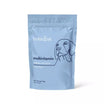








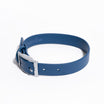

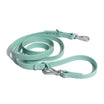



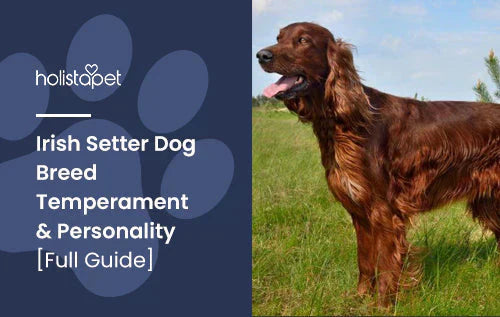



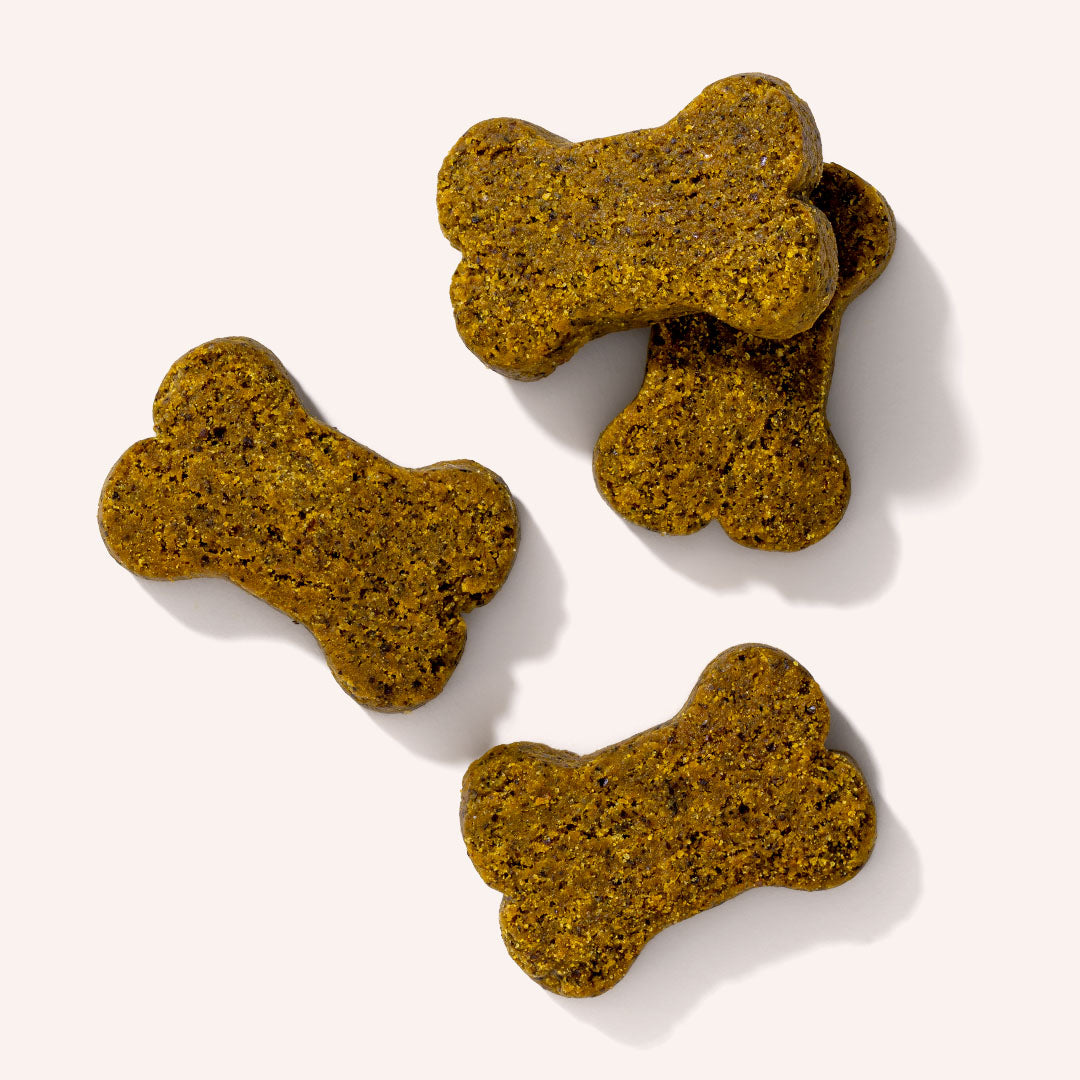

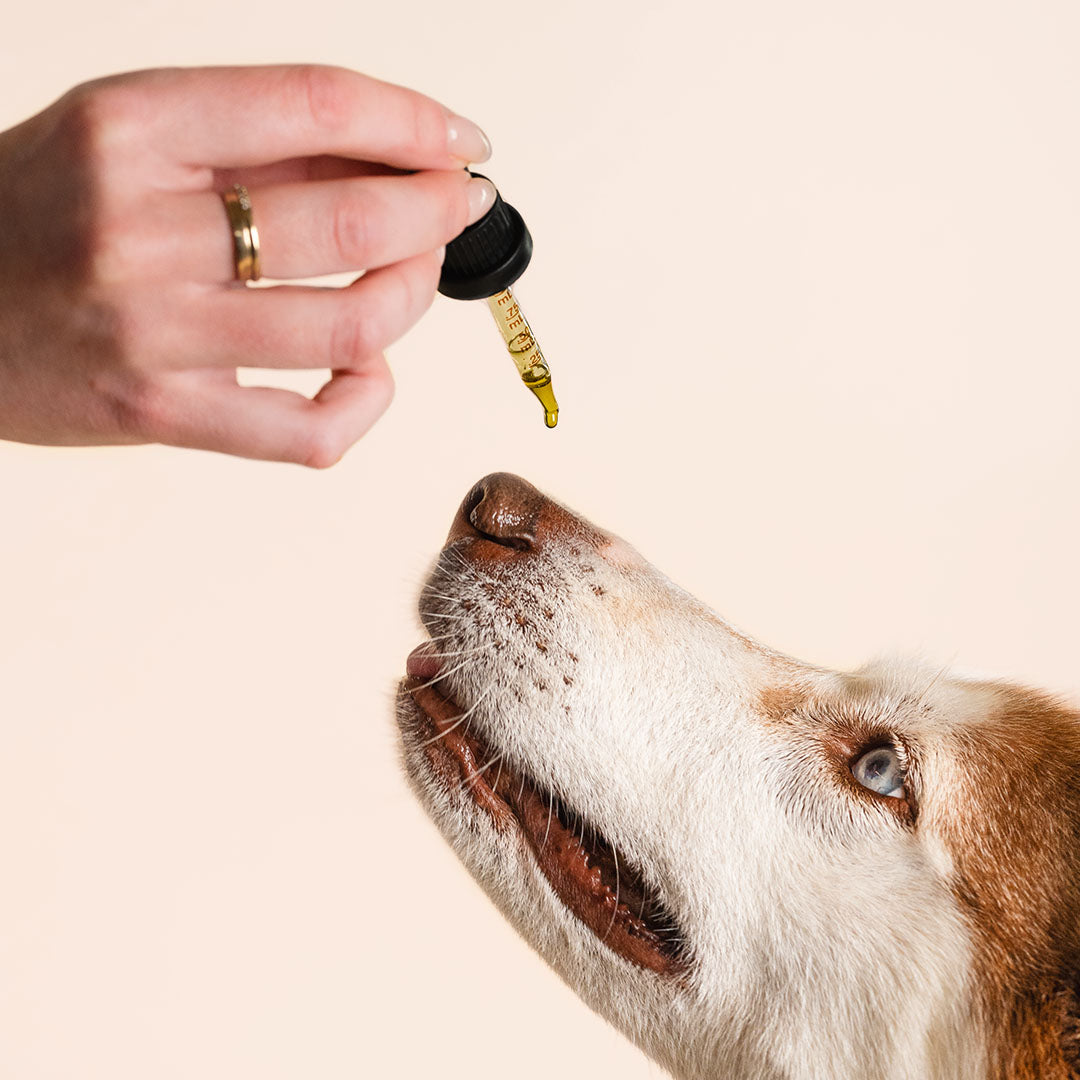



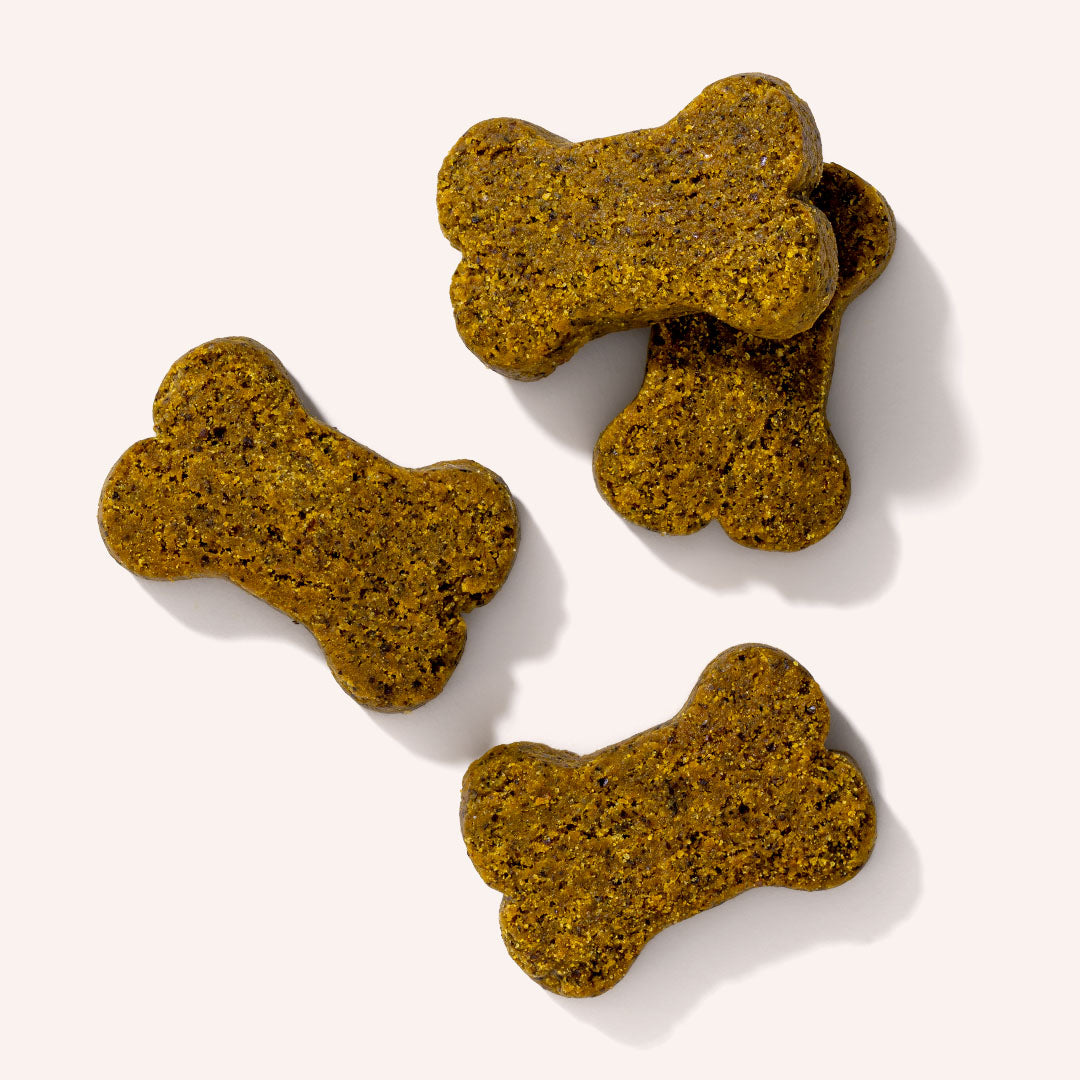

Leave a comment
All comments are moderated before being published.
This site is protected by hCaptcha and the hCaptcha Privacy Policy and Terms of Service apply.